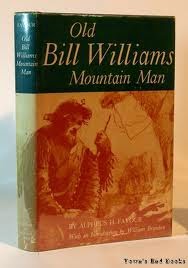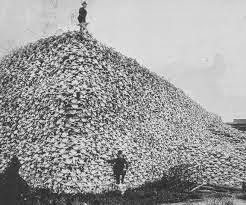The Ram and RV in John's driveway.
One revelation had me concerned. Before the trip, I had ordered six books from our library at home. They had been ordered, but failed to show before our departure. I was not happy about the prospect of 6-8 weeks with nothing to read. Fortunately, there was a library just three miles away, so first thing Monday morning, Jean and I were off to the library.
The library was beautiful. It could be the focal point of any prideful town or community. It had pleasing paint and décor, carpeting, meeting rooms, automatic doors, circle drive, computer-driven catalog and checkout system. There was nothing the library lacked---except books. There were plenty of novels, yes, but the non-fiction section was really weak. Half or more of every shelf was empty. Books were stood on edge, their covers and pages splayed out to fill space. I guess it’s another consequence of the e-book craze.
Another consequence of our decaying society and weak parental involvement was the uniformed policeman that patrolled outside and through the library. I couldn’t avoid asking him why a policeman was needed in a library. He explained that the students from the nearby middle school used to use the library as a hangout when parents failed to pick them up after school. Having kids spending long hours in a library would have sounded like a good idea in my day, but they resorted to horseplay, dealing drugs, getting in fights, damaging the facilities, setting the shrubs outside on fire, etc. I shook my head and lamented the state of our culture, and said, “The next thing you know, they’ll be having armed policemen standing guard in church.” “Oh, they’re way ahead of you,” he responded. “There were so many problems cropping up that a number of churches have officers on duty for every service.”
Back to my reading dilemma, I resorted to the logical standby. Surely, there cannot be a library anywhere in America that doesn’t have something by or about Mark Twain. There were indeed two books, and I grabbed both.






























